Insights from the road: Grab's immersive approach to product development
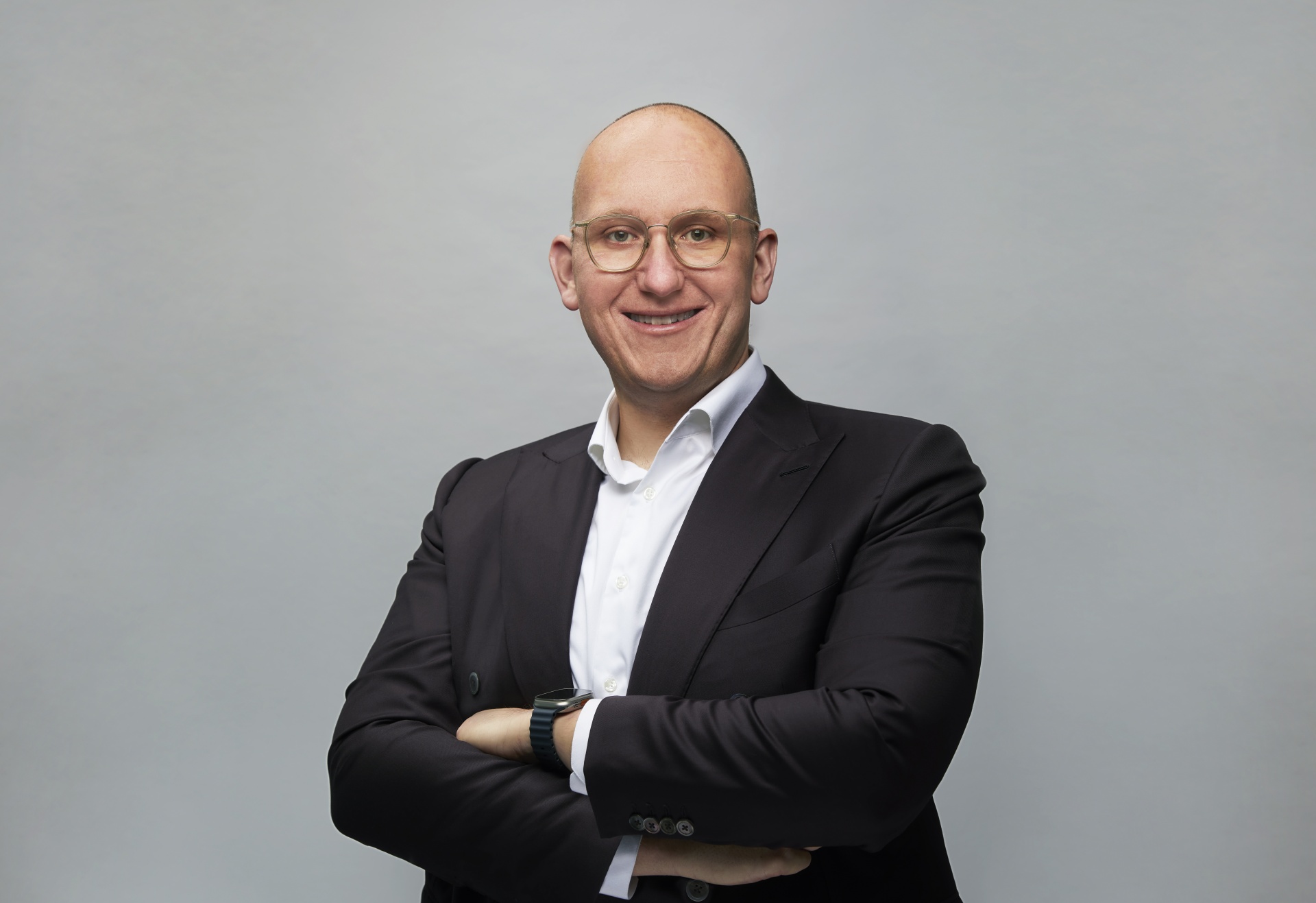 |
| Grab's chief product officer Philipp Kandal |
As chief product officer at Grab, what are your key strategic priorities for 2023?
In Southeast Asia, one in 20 people are using our service every month to travel, order food, or deliver parcels. The question that we are asking ourselves is how to make our products accessible to more people.
The key to that is building affordable services that are also healthy for the bottom-line and ensuring reliability, especially during particular events such as adverse weather.
The challenging part in terms of affordability is balancing how we can drive innovations that make our products more affordable without hurting our drivers' incomes. Some of the features that we are working on are geared towards creating win-win scenarios by increasing utilisation and avoiding wasted time.
For example, with GrabFood, instead of taking one order, our driver partners can now deliver multiple food orders to the same area, which helps lower the cost per order. We also use high-definition mapping for indoor locations so that our delivery partners know exactly where to go to pick up the food.
We calculate how much time it takes to produce the order, so our partners don't have to sit outside and wait at a restaurant. That way, we've been able to improve productivity and pass on the savings to the consumers.
This is good for our drivers too. Every minute saved from waiting or travelling means another minute they can spend earning more income. Also, more demand encouraged by affordability should lead to more earning opportunities for them.
In terms of reliability, we’ve integrated weather data into our services. Rain is very difficult to mitigate, and we are still in the early stages of this. However, in the future, we will have systems that support better predictions for rain and appropriately encourage more driver partners to log on to meet the increasing demands. This will enable them to achieve higher earnings while enhancing the convenience and experience for our consumers.
Could you elaborate on the market traits and consumer behaviours that influence your approach to crafting new products?
Vietnam is quite different from other markets. For instance, most of the restaurants are roadside, easily accessible, and facilitate motorbike parking, so it is actually an excellent market for batching orders. We've changed our systems so that we can have higher batching density here, which again generates more orders for our driver partners.
This is very different from markets like Singapore or Indonesia, where we typically can't achieve the same level of efficiency that easily.
The other feature that we've rolled out specifically for Vietnam is location sharing. Now, as a consumer, you can choose to share your live location with a driver, which makes it easier for the two sides to meet. This is super helpful here, as the addresses are not particularly exact.
We have teams that focus on affordability, others that focus on reliability, and yet more to solve problems related to the accessibility of our app, including improvements in network quality.
During my trip to Haiphong, I realised that our customers and drivers sometimes have low-end phones which take longer to load. This is one of the market-specific problems we need to solve more effectively when designing our products.
Local expertise can be pivotal in successful product development. Can you shed light on the Vietnamese team's contribution to product design?
Vietnam is one of our four research and development centres in the region. We have both a country team and a tech team here. Market research can help us to understand the problem to some extent, but having a team that lives and breathes on the ground and knows the market best is much more important. These individuals are integral to our development process and contribute significantly to product building.
The other aspect involves problem-solving. Within Grab's empowered working model, we ask all the country teams to help us identify problems, come up with solutions, and conduct testing to see if they work in a specific market before a broader launch.
Basically, the local team is actively engaged in all phases of product development, including problem definition, solution assessment, evaluation, and eventual rollout.
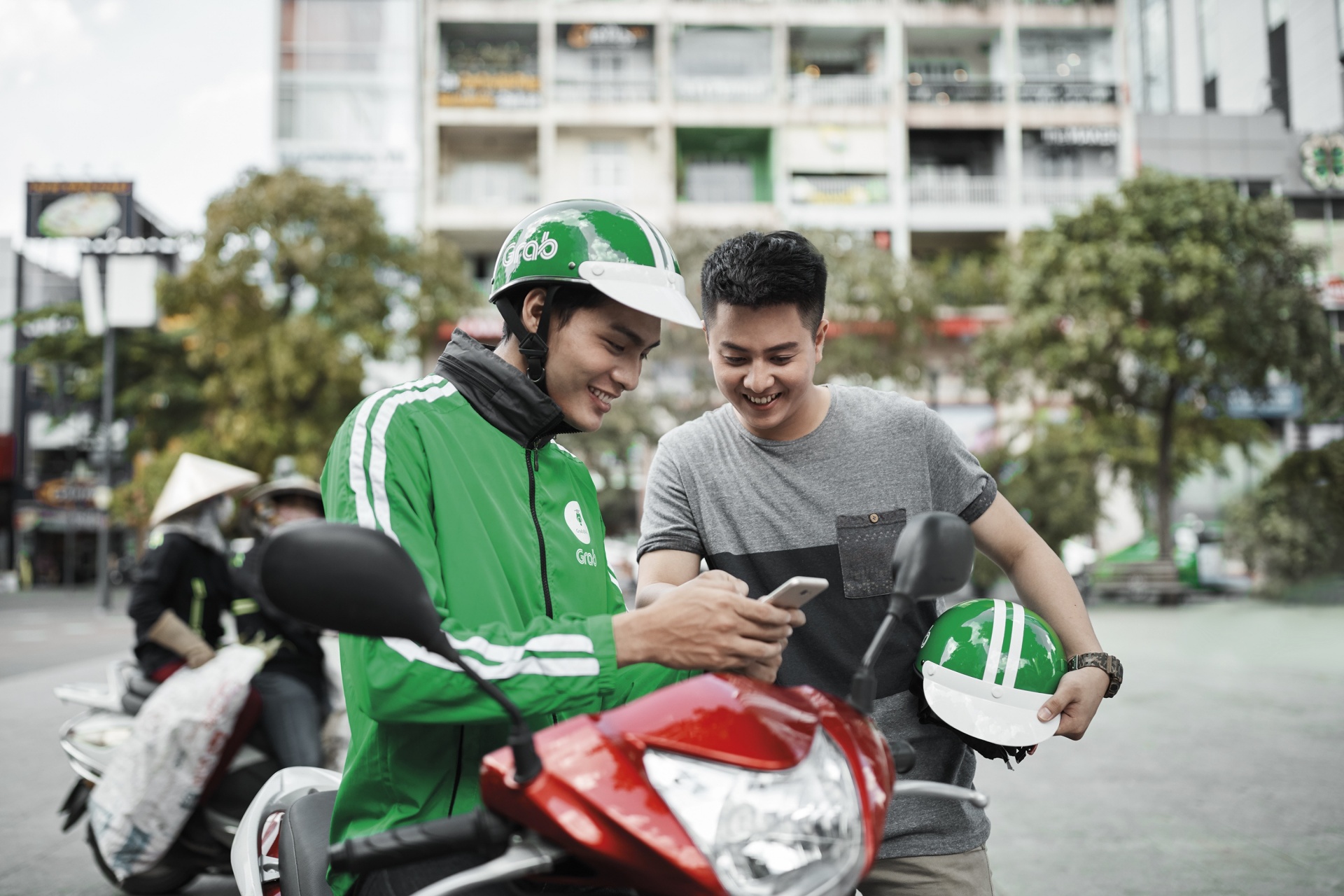 |
| Grab strives to maintain its position as a leading reliable ride-hailing and delivery platform in Southeast Asia |
What are some tech trends Grab is planning to incorporate into its product portfolio?
As a company, we've been leveraging AI for a very long time, but at this stage, what we are passionate about is bringing more AI technology to offer better convenience for our partners and users.
For example, our search technology is AI-based. We also use LLM (large language models) for menu translation to support users who are foreign and may just be visiting.
So now, when I come here, I can have the menus translated into English because I don't speak Vietnamese. Similarly, in chat boxes, our drivers can communicate in their local tongue and the content will be automatically translated.
This is something that I'm really excited about, and there's a lot more AI technology that we'll be rolling out in the near future.
Among our trials in Vietnam for new driver partners, we've introduced a heat map highlighting high-demand areas for optimal positioning, and a new product named Ride Guide that offers precise directions to maximise earning opportunities.
Our commitment to technology and innovation remains steadfast as we strive to maintain our position as a leading reliable ride-hailing and delivery platform in Southeast Asia.
Sustainable development is becoming increasingly popular in the ride-hailing landscape in Vietnam. How important is this in Grab’s strategic roadmap?
I'm a huge fan of electric vehicles, and we have committed as a company to go carbon-neutral by 2040.
This strongly aligns with our company vision to contribute to transitioning to a greener economy. We’ve piloted electric mobility in Vietnam for our GrabExpress service, and we aim to be an active driver of the process of increasing EV adoption and building an inclusive EV ecosystem.
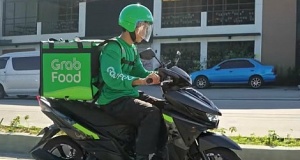 | Grab integrates ZaloPay into its super app platform Grab has teamed up with Vietnamese e-wallet ZaloPay to expand the selection of payment options on its super app platform. |
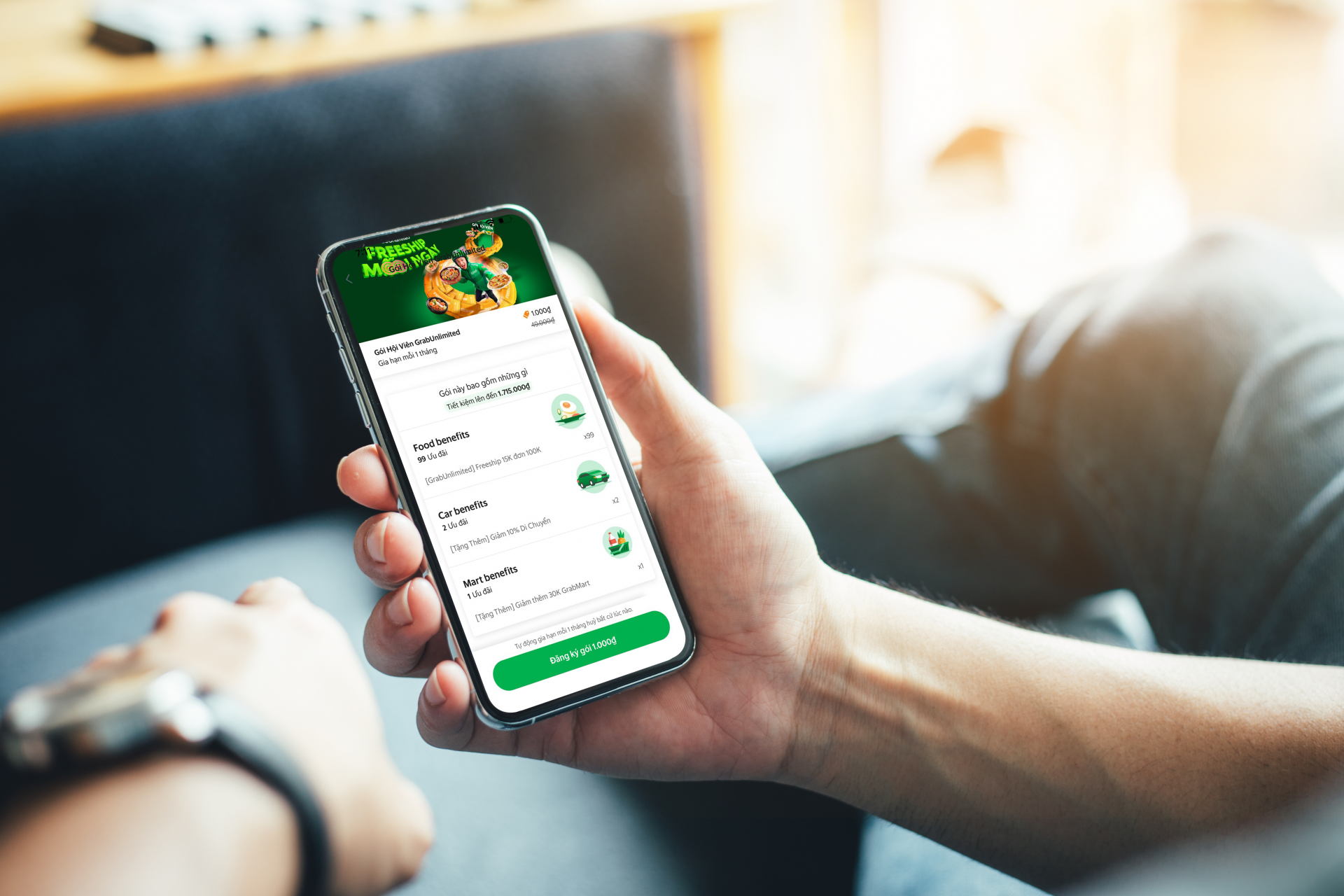 | Grab Vietnam unveils the GrabUnlimited membership package Grab Vietnam has launched the GrabUnlimited membership package in Ho Chi Minh City and Hanoi to ease customers' concerns amidst rising costs. |
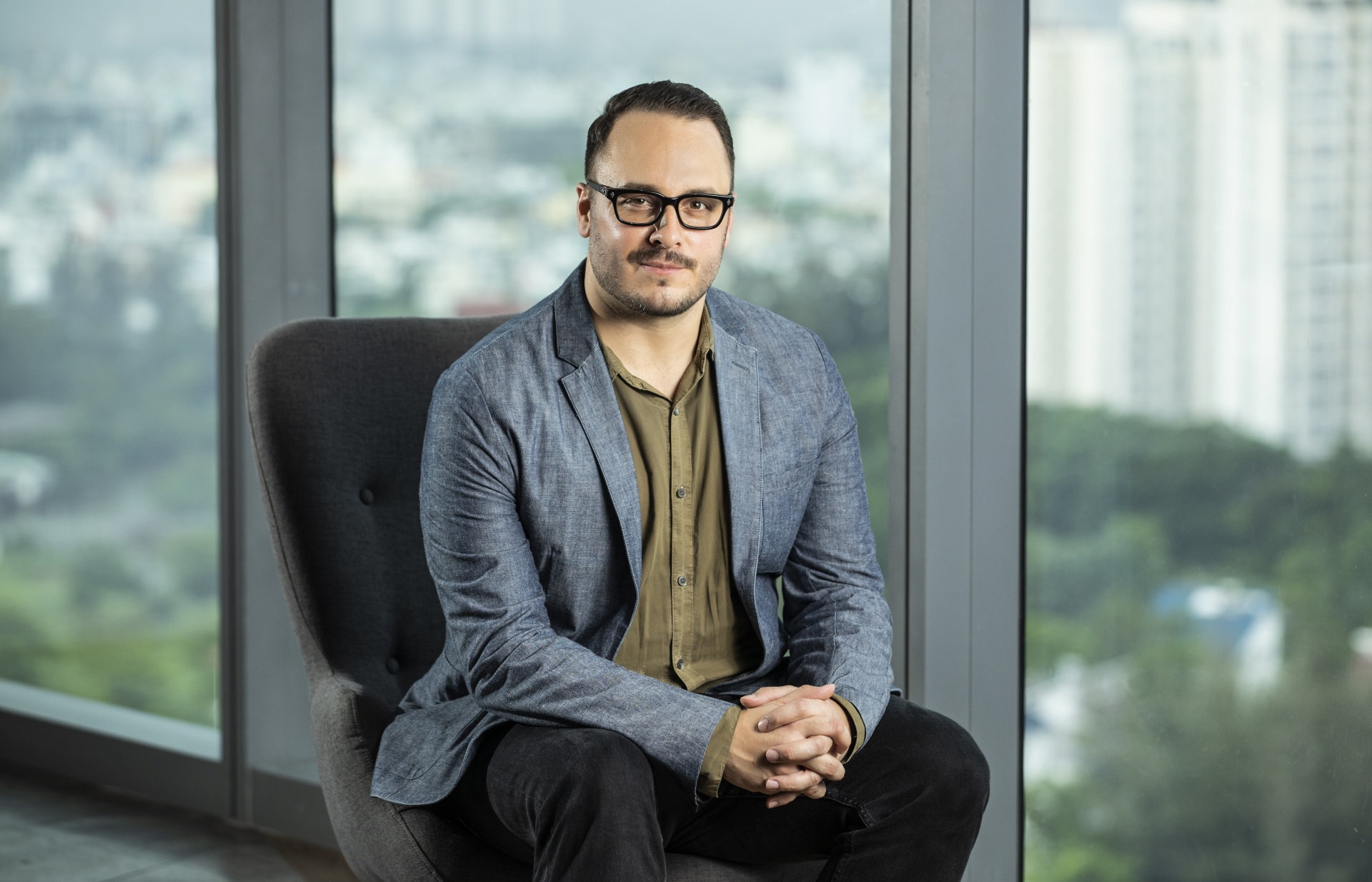 | Grab Vietnam CEO reveals sustainability plans In an interview with VIR, CEO of Grab Vietnam Alejandro Osorio shares Grab's strategic plans on adoption of electric vehicles, ongoing pilot programmes for sustainable transport, and the group's commitment to carbon neutrality. |
What the stars mean:
★ Poor ★ ★ Promising ★★★ Good ★★★★ Very good ★★★★★ Exceptional
Related Contents
Latest News
More News
- How AWS is powering the next-gen data era (December 09, 2025 | 13:14)
- Outlook in M&A solid for Singapore (December 08, 2025 | 10:31)
- Vietnamese firms are resetting their strategy for global markets (December 05, 2025 | 17:04)
- LPBank Securities accelerates AI and data innovation with AWS (December 05, 2025 | 09:00)
- Improving traceability capacity with Zebra Technologies (November 26, 2025 | 10:08)
- Ho Chi Minh City engages 500 CEOs in dialogue on building global megacity (November 25, 2025 | 16:00)
- CEO shares insights on Phu My 3 IP’s journey to green industrial growth (November 17, 2025 | 11:53)
- NS BlueScope CEO highlights decade of sustainable steel efforts (November 15, 2025 | 10:00)
- SCG maintains strong cash flow and drives low-carbon growth in Q3 (November 07, 2025 | 09:53)
- Thai Huong: a visionary business leader bridging Vietnam and Russia (November 05, 2025 | 17:00)

 Tag:
Tag:





















 Mobile Version
Mobile Version